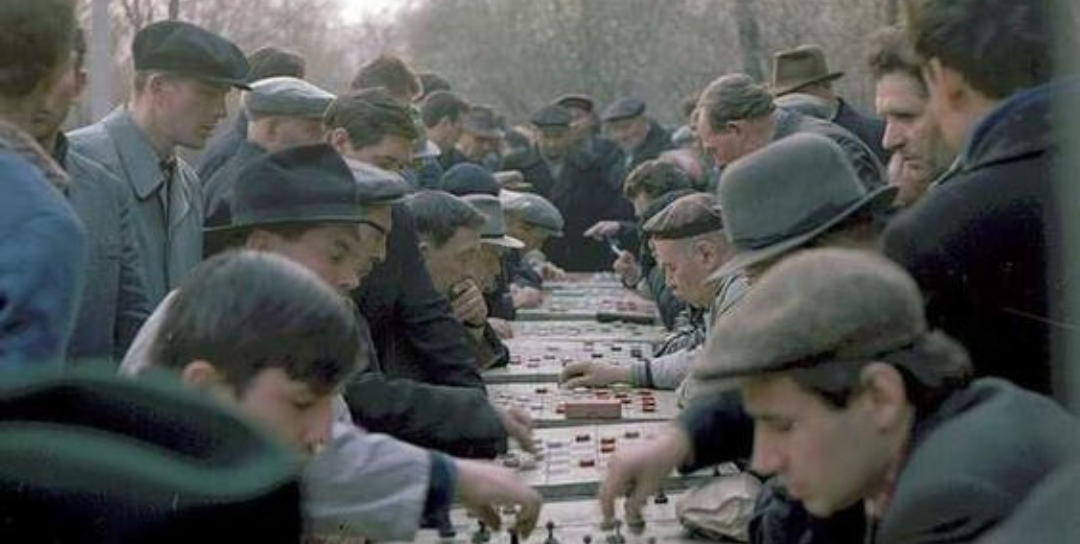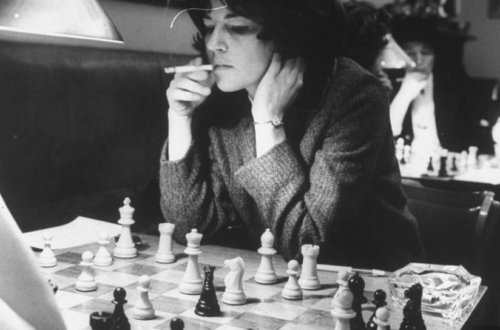
Prophylactic Thinking in Chess
Prophylactic thinking is a strategic concept in chess that involves anticipating your opponent’s plans and taking preventative measures to neutralize threats and maintain a superior position. Mastering the art of prophylaxis enables players to not only thwart their opponent’s tactics but also control the flow of the game, seize strategic advantages, and execute powerful attacks. In this expert-level article, we explore the profound depths of prophylactic thinking, providing insights, examples, and strategies to enhance your positional mastery on the chessboard.
The Essence of Prophylactic Thinking
Prophylaxis goes beyond reactive moves; it involves proactive thinking to anticipate your opponent’s intentions. Learn the fundamental principles, including restraining your opponent’s pieces, controlling key squares, and limiting your opponent’s counterplay options.
Identifying and Neutralizing Threats
The ability to recognize potential threats is crucial for effective prophylactic thinking. Discover how to identify common tactical motifs and strategic plans your opponent may employ, such as pins, forks, sacrifices, and breakthroughs. Develop the skill to neutralize these threats through prophylactic moves, preemptively undermining your opponent’s ideas.
Restricting Your Opponent’s Options
Prophylaxis involves restricting your opponent’s possibilities while expanding your own strategic scope. Explore strategic concepts such as restricting piece mobility, limiting pawn breaks, and exploiting weak squares. By impeding your opponent’s plans and narrowing their choices, you gain control over the position and set the stage for a decisive advantage.
Exploiting Opportunities for Prophylactic Thinking
Uncover tactical and strategic opportunities where prophylactic thinking can be applied. Learn from instructive examples and grandmaster games to see how prophylaxis has been employed to gain a significant edge. From creating tactical threats to executing long-term positional maneuvers, discover the versatility of prophylactic thinking.
Building Prophylactic Habits
Developing prophylactic thinking as a habit requires practice and awareness. Learn how to incorporate prophylaxis into your thought process during both opening and middlegame stages. Analyze instructive positions, solve tactical puzzles with a prophylactic mindset, and review annotated games to reinforce your understanding and enhance your prophylactic skills.
Read more articles about chess here.





